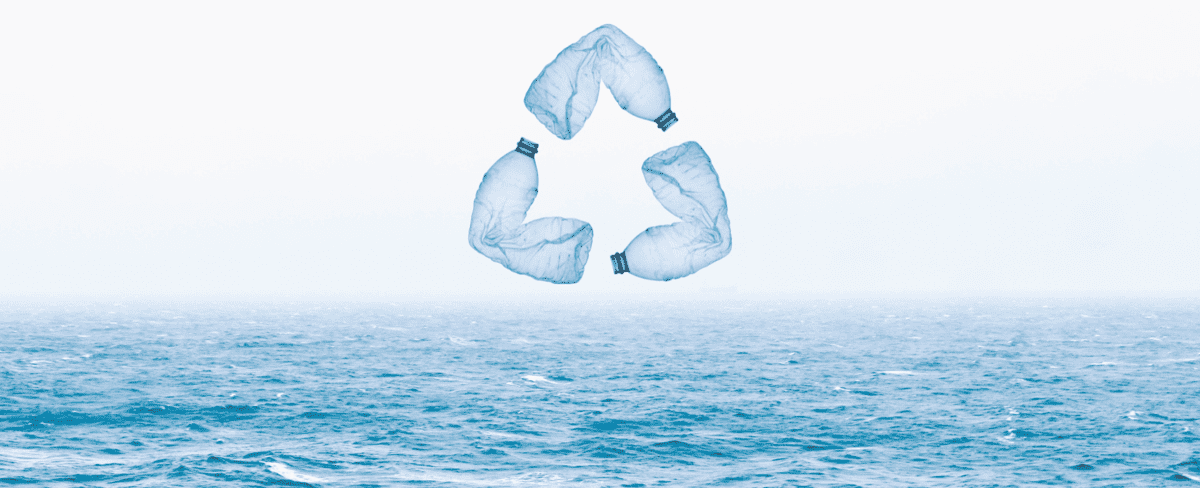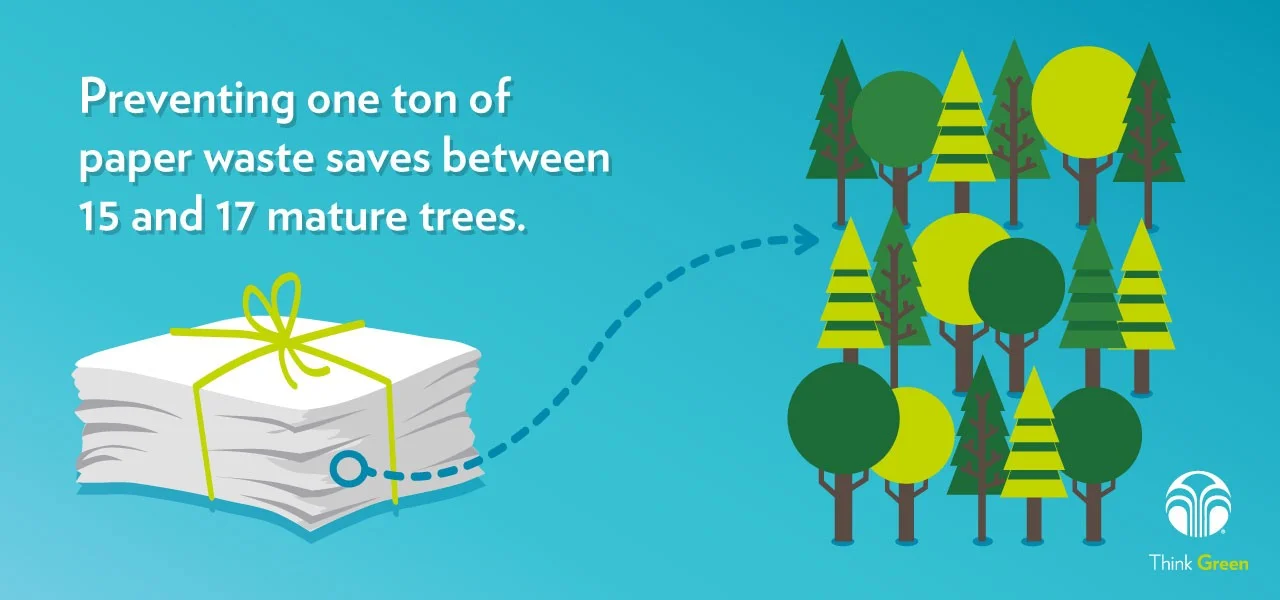Recycling Revolution: Why It Matters and How You Can Make a Difference

In a world where consumerism grows by the day, recycling stands out as one of the simplest yet most powerful tools we have to protect the planet. It’s more than just tossing a plastic bottle into a blue bin—recycling is a mindset, a lifestyle, and a movement toward sustainability.
But with so much information (and misinformation) out there, it’s easy to feel overwhelmed. What can you recycle? Where does it go? Does it really make a difference?
This article breaks it all down, giving you the full picture of why recycling matters and how you can be part of the change.

What Is Recycling?
At its core, recycling is the process of converting waste into reusable materials. Instead of allowing used products to end up in landfills, we give them a second life.
Recycling can include:
-
Plastic: bottles, containers, packaging
-
Paper: newspapers, magazines, cardboard
-
Metal: cans, foil, some electronics
-
Glass: bottles and jars
-
Organic waste: composting food scraps and yard waste
📸 Suggested Image: A colorful sorting bin set (plastic, metal, paper, organic) with labeled compartments.
Why Recycling Matters
-
Reduces Landfill Waste
Landfills are not only an eyesore—they produce methane (a potent greenhouse gas), pollute groundwater, and take up valuable land. Recycling reduces the volume of waste sent to these sites. -
Conserves Natural Resources
Mining for metals, cutting down forests, and drilling for oil to make plastic all consume natural resources. Recycling materials reduces the need for new raw materials. -
Saves Energy
It takes far less energy to recycle materials than to produce them from scratch. For example, recycling aluminum saves 95% of the energy required to make it new. -
Fights Climate Change
Fewer landfills and reduced energy usage mean fewer greenhouse gases, which helps slow global warming.
📸 Suggested Image: Before-and-after shot showing a landfill vs. a clean recycling facility.

The Recycling Myth: “It All Ends Up in the Same Place”
You might have heard people claim that recycling doesn’t matter because “it all ends up in the same landfill anyway.” While it’s true that some recycling systems are flawed, the majority of properly sorted, clean recyclables do get processed.
The key is education and participation. Contamination (like food-stained containers or non-recyclable items in the wrong bin) can cause entire batches to be rejected. So yes—your recycling efforts count, especially when done correctly.
How to Recycle the Right Way
-
Know Your Local Rules
Every city or region has its own recycling guidelines. Check your local waste authority’s website to see what’s accepted. -
Clean Your Containers
A quick rinse removes food residue that could contaminate recycling loads. -
Avoid “Wishcycling”
This is the practice of tossing questionable items into the recycling bin in the hopes they’ll be recycled. (Example: greasy pizza boxes, plastic bags, or broken glass.) When in doubt—leave it out. -
Sort Correctly
Separate recyclables according to your city’s system (single-stream vs. multi-stream). Some areas require plastics, metals, and paper to be sorted individually.
📸 Suggested Image: Close-up of properly sorted recyclables with labels (e.g., #1 PET plastic, clean paper, etc.)
Beyond the Bin: Creative Ways to Recycle
Recycling isn’t just about the curbside bin. Here are some creative and practical ways to reduce waste:
-
Upcycling: Turn old items into something new. Example: jars into planters or T-shirts into tote bags.
-
Buy Recycled Products: Support the recycling economy by purchasing items made from recycled materials.
-
Drop-off Locations: For items like electronics, batteries, and light bulbs, locate specialized drop-off centers in your area.
-
Composting: Convert food scraps and yard waste into nutrient-rich compost for your garden.
📸 Suggested Image: DIY upcycled home décor made from bottles, jars, or wood.

Recycling Around the World
Countries approach recycling in vastly different ways:
-
Sweden: Less than 1% of waste goes to landfills. The country even imports trash to keep its recycling plants running!
-
Germany: Known for its detailed recycling laws and “Green Dot” packaging system.
-
Japan: Has one of the strictest sorting systems, requiring citizens to separate waste into dozens of categories.
-
USA: Recycling rates vary by state, but more education and infrastructure could boost national numbers.
These examples show that policy + participation equals success.
📸 Suggested Image: Map or infographic showing top recycling countries and their rates.
Recycling and the Future
Recycling is evolving. New technologies are being developed to make it more efficient and effective, such as:
-
Chemical recycling for plastics
-
Smart bins with sensors to reduce contamination
-
AI sorting systems that improve speed and accuracy
But ultimately, the future of recycling depends on us—our habits, our votes, and our voices.
Small Actions, Big Impact
You may not be able to change the entire planet on your own, but you can influence your corner of it. Start by:
-
Talking about recycling with friends and family
-
Supporting businesses that prioritize sustainability
-
Advocating for better recycling programs in your community
One bottle, one can, one paper at a time—it all adds up.
Final Thoughts
Recycling isn’t a silver bullet, but it’s a vital part of the solution to our global waste crisis. Combined with reducing and reusing, it plays a powerful role in building a healthier, cleaner, and more sustainable world.
So next time you’re about to throw something away, pause for a moment. Could this item have another life? Could you be making a small choice that contributes to a much bigger change?
Because when we recycle right, we all win.
